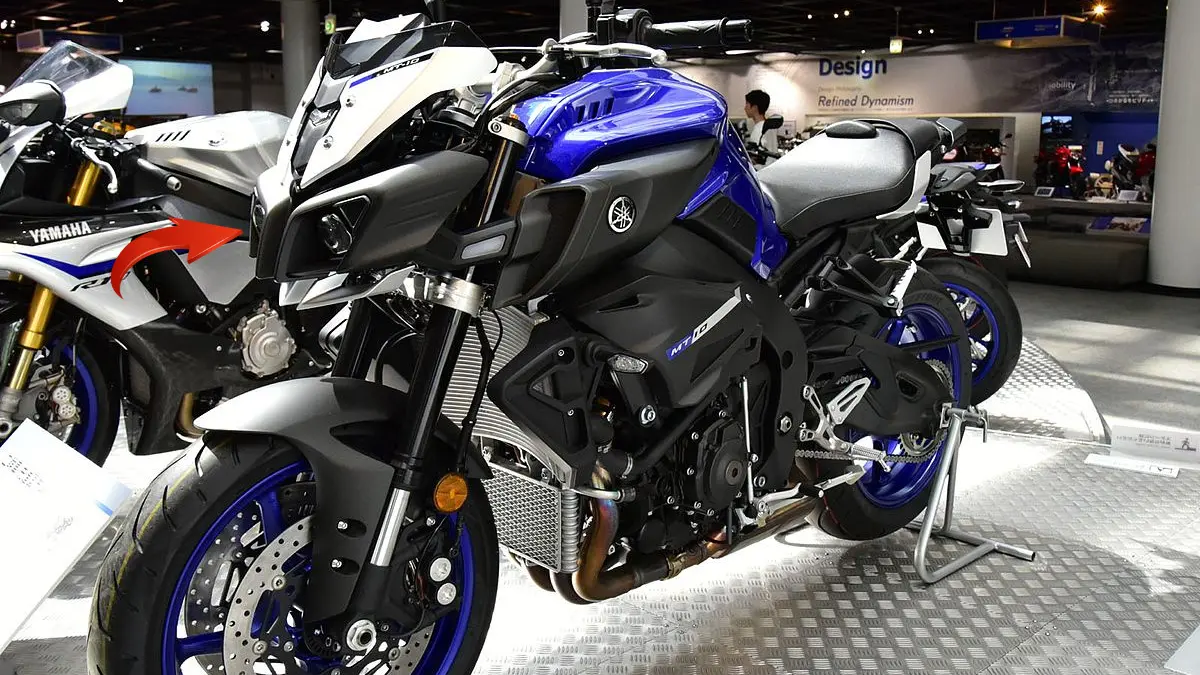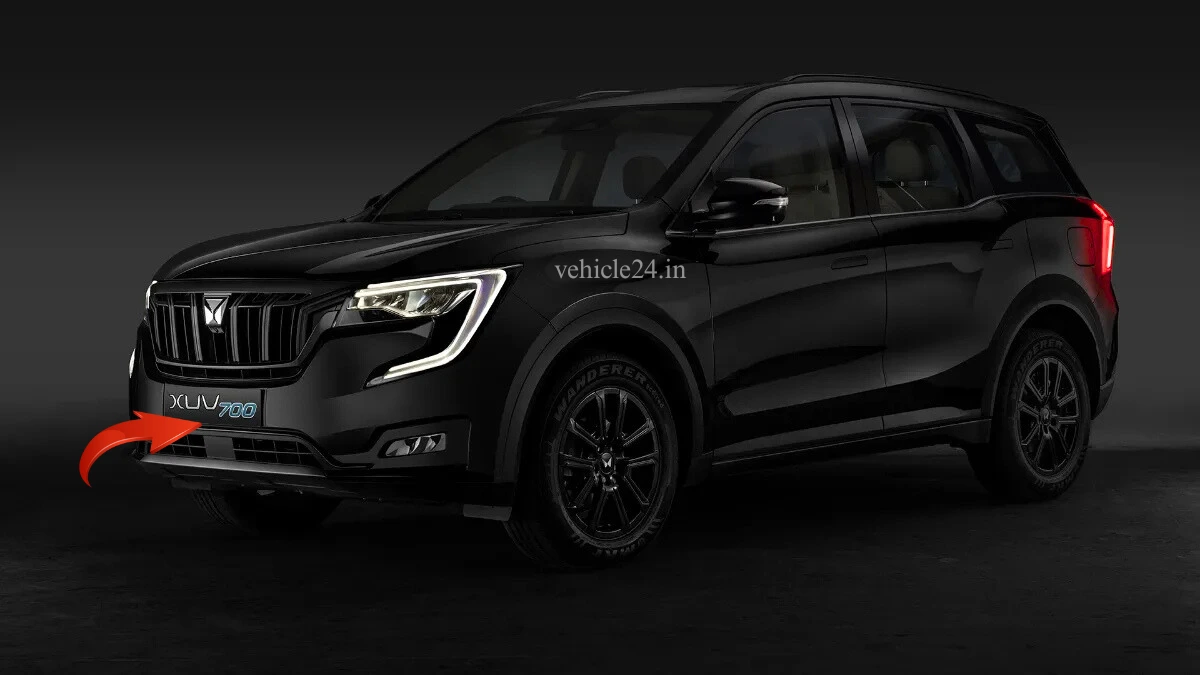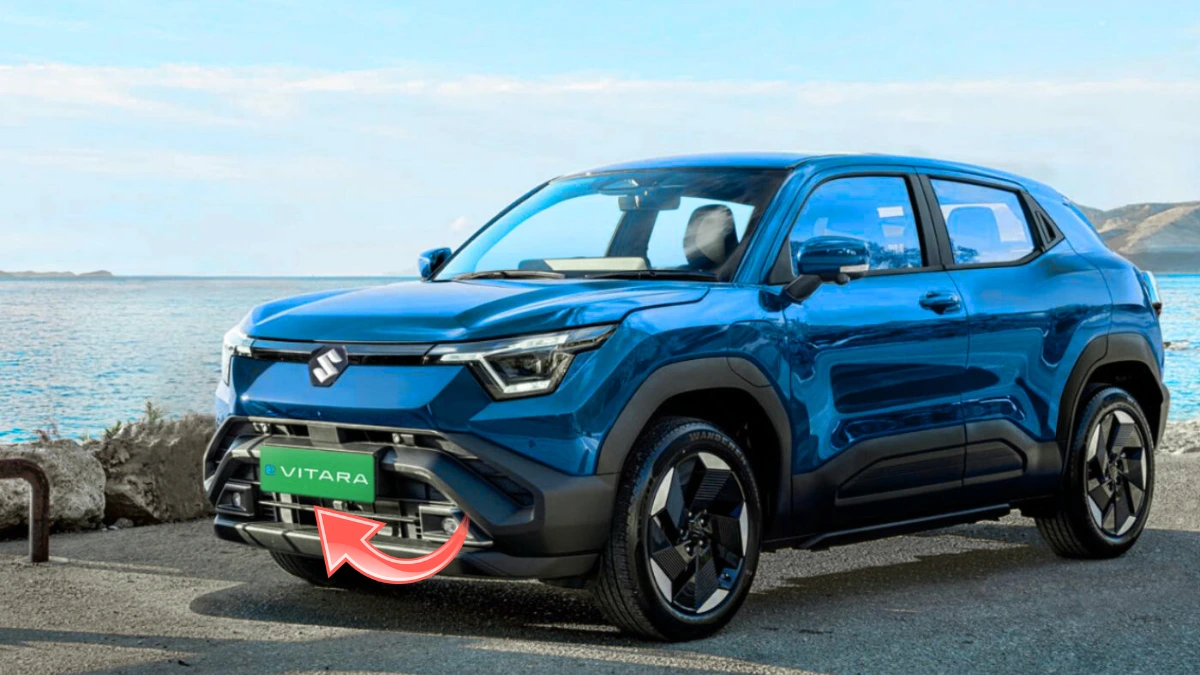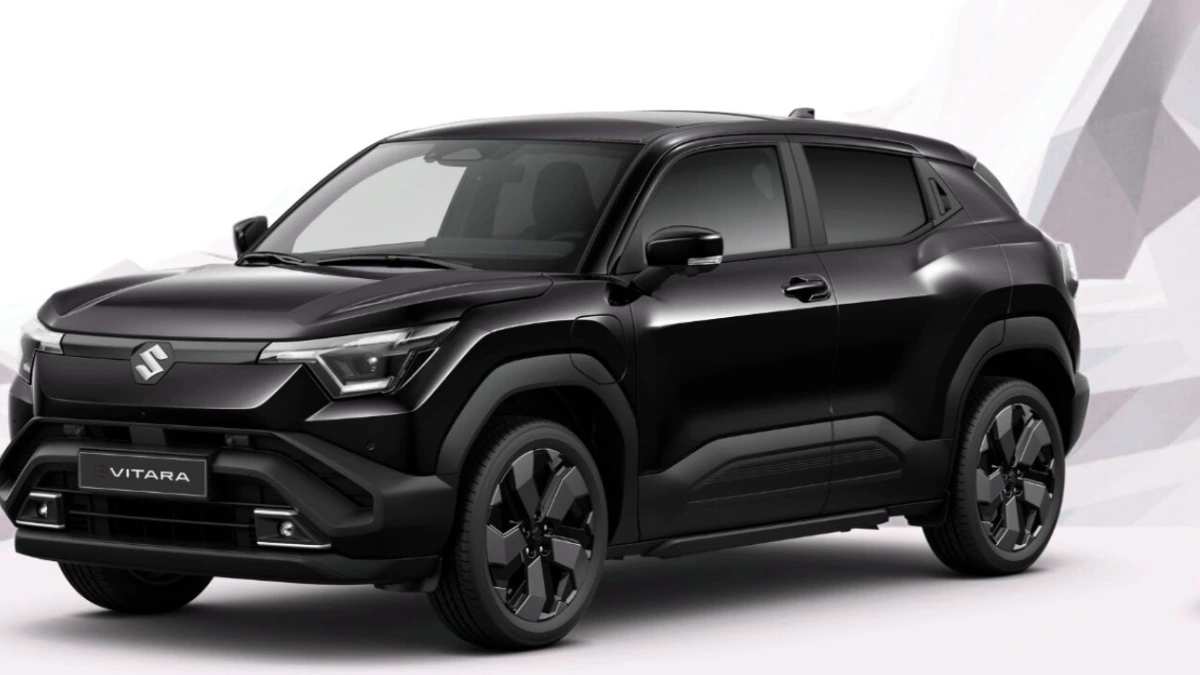In July 2025, Yamaha India recorded domestic two-wheeler sales of 50,365 units, reflecting a year-on-year (YoY) decline of 9.80% compared to 55,838 units sold in July 2024. While certain models demonstrated robust performance, others faced significant challenges, resulting in an overall downturn for the Japanese manufacturer. Below is a comprehensive analysis of the sales performance for each Yamaha model, highlighting key trends and market dynamics.
Yamaha RayZR: Leading the Charge
The Yamaha RayZR emerged as the brand’s top performer, selling 16,421 units in July 2025, a solid 11.78% increase from 14,690 units in July 2024. This impressive growth underscores the RayZR’s dominance in the scooter segment, accounting for over one-third of Yamaha’s total domestic sales. The model’s appeal lies in its blend of style, efficiency, and affordability, making it a favorite among Indian consumers seeking reliable urban mobility.
Yamaha FZ Series: Steady Contributor
The Yamaha FZ series maintained its position as a consistent performer, with 11,110 units sold in July 2025, marking a modest YoY growth of 1.33% from 10,964 units in the previous year. As Yamaha’s second-highest-selling model, the FZ continues to attract buyers with its muscular design and reliable performance. The recent introduction of a hybrid variant further strengthens its position in the competitive motorcycle market, ensuring its relevance among enthusiasts.
Yamaha MT15: Facing Headwinds
The Yamaha MT15 experienced a notable decline, with sales dropping to 8,514 units in July 2025, down 13.70% from 9,866 units in July 2024. This downturn reflects increasing competition, particularly from KTM’s newly launched 160 Duke, a direct rival to the MT15 V2. The MT15’s bold styling and performance-oriented features continue to resonate with riders, but Yamaha may need to innovate to regain momentum in this segment.
Yamaha R15: Sharp Decline
The Yamaha R15 faced a significant setback, with sales falling to 6,623 units in July 2025, a steep 23.98% drop from 8,712 units in July 2024. The sporty motorcycle, popular among young riders, is encountering challenges from upcoming competitors like KTM’s 160 RC, which is set to enter the market soon. Yamaha may need to refresh the R15’s offerings to reclaim its position in the performance bike category.
Yamaha Fascino: Struggling to Keep Pace
The Yamaha Fascino scooter suffered the most substantial decline, with sales plummeting 45.78% to 5,450 units in July 2025 from 10,052 units in July 2024. Once a cornerstone of Yamaha’s scooter lineup, the Fascino is losing ground to newer rivals and even to Yamaha’s own RayZR. This sharp drop highlights the need for a strategic overhaul to restore the Fascino’s appeal in a highly competitive market.
Yamaha Aerox 155: A Rising Star
In contrast, the Yamaha Aerox 155 delivered an outstanding performance, with sales surging 44.64% to 2,239 units in July 2025 from 1,548 units in the previous year. This premium scooter continues to carve a niche among enthusiasts seeking a powerful and stylish option. However, it will soon face competition from the upcoming TVS Ntorq 150, which could challenge its growth trajectory.
Yamaha R3 / MT03: Niche Contributors
The Yamaha R3 and MT03 models recorded modest sales of 8 units in July 2025, a 33.33% increase from 6 units in July 2024. While these premium motorcycles cater to a niche audience, their contribution to Yamaha’s overall sales remains minimal. Their growth reflects a small but dedicated fanbase for high-performance bikes.
Also Read –BMW Sets New Benchmark with 5,000 Electric Vehicle Deliveries in India
Key Takeaways and Future Outlook
Yamaha India’s July 2025 sales performance reveals a mixed picture. The RayZR and Aerox 155 are driving growth in the scooter segment, while the FZ series holds steady in the motorcycle category. However, significant declines in the Fascino, MT15, and R15 highlight challenges in maintaining market share amid rising competition. To address these issues, Yamaha is reportedly planning to launch a new electric scooter based on the River Indie before the end of 2025, signaling a strategic push toward sustainable mobility.







